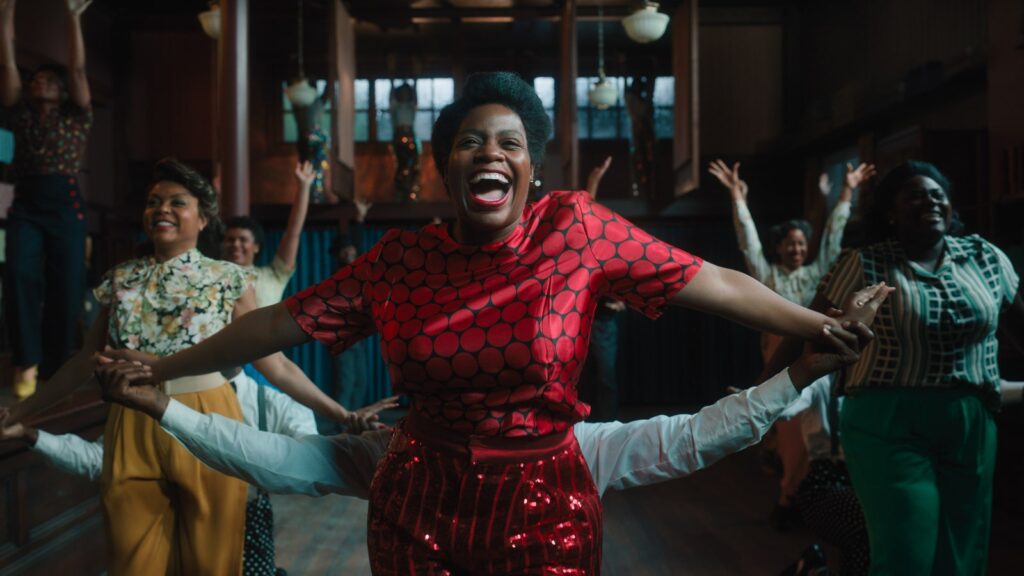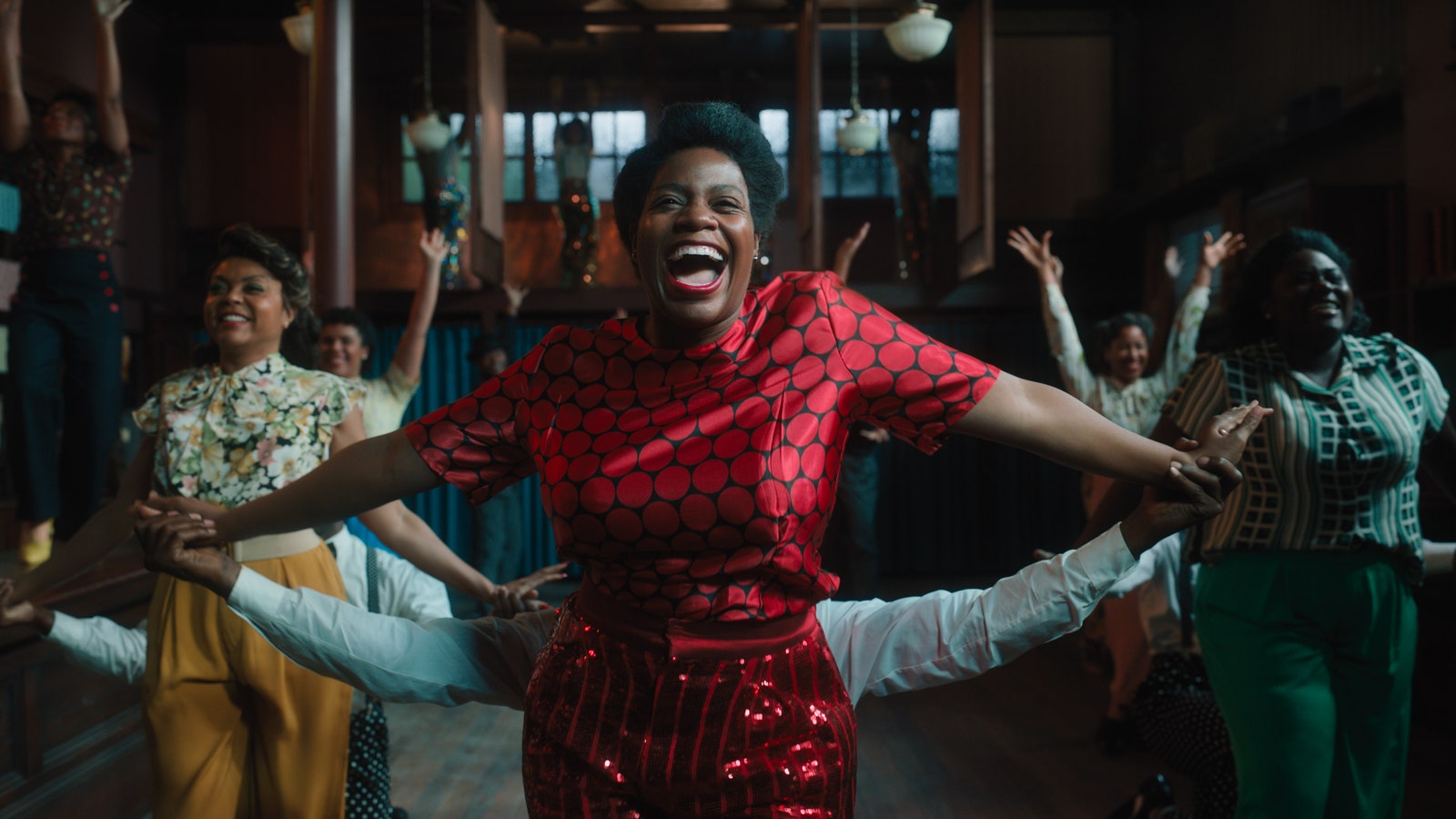
Red + Green = Brown: Exploring the Unexpected Color Equation
The world of color is a captivating realm, governed by intricate rules and surprising interactions. We learn from a young age the basics: red, yellow, and blue are primary colors, mixing them creates secondary colors, and so on. But what happens when we delve deeper? What happens when we encounter an equation as seemingly paradoxical as “Red + Green = Brown”? This article will unpack this unexpected color equation, exploring the science, the art, and the perceptual nuances that make this seemingly simple statement a fascinating subject.
The premise itself seems to defy the standard color wheel. Red and green are often considered contrasting colors, sitting directly opposite each other on the wheel. Combining them, intuitively, might suggest a muddy, desaturated hue, but brown? Brown is a color often associated with earth, wood, and things that are inherently complex. It’s a color that often requires a multitude of pigment combinations to achieve. Understanding how red and green can combine to create brown necessitates a look at the underlying principles of color mixing and human perception.
The Science of Color: Light, Pigment, and Perception
To understand the equation, we must first grasp the fundamentals of color. Color, in its most basic form, is the result of how our eyes perceive light. Light itself is composed of various wavelengths, each corresponding to a different color. When light strikes an object, that object absorbs some wavelengths and reflects others. The wavelengths that are reflected are what we perceive as the object’s color.
There are two primary ways to mix colors: additive and subtractive. Additive color mixing involves combining light sources. For example, when you combine red, green, and blue light, you get white light. Subtractive color mixing, on the other hand, involves mixing pigments, such as paints or dyes. Pigments absorb certain wavelengths of light and reflect others. When you mix pigments, you’re essentially subtracting wavelengths of light. This is where the equation of red and green to brown becomes more understandable.
Subtractive Color Mixing and the Brown Equation
When mixing pigments (as opposed to light), red and green don’t create a vibrant, easily identifiable color in the way that red and yellow create orange or blue and yellow create green. Instead, the result is far more complex. Red pigment absorbs most wavelengths of light except for red, and green pigment absorbs most wavelengths except for green. When you mix them, both pigments absorb a significant amount of light, leaving behind a combination of wavelengths that our eyes interpret as brown. The exact shade of brown will depend on the specific hues of red and green used, as well as the proportions in which they are mixed, and the presence of other pigments.
Think of it this way: a red pigment absorbs blue and green light, and a green pigment absorbs red and blue light. When combined, they absorb a large portion of the light spectrum. The remaining reflected light is a mixture, often with a higher proportion of red and green than other colors, but significantly desaturated. This desaturation, coupled with the absorption of a large amount of light, leads to the perception of brown.
The Role of Hue, Saturation, and Value
To fully appreciate the equation of red + green = brown, it’s essential to understand the concepts of hue, saturation, and value. These are the three key properties of color:
- Hue: This is the pure color, the name we give to a color (e.g., red, green, blue).
- Saturation: This refers to the intensity or purity of a color. A highly saturated color is vibrant, while a desaturated color is dull or muted.
- Value: This refers to the lightness or darkness of a color. A high value is light (e.g., a light yellow), and a low value is dark (e.g., a dark brown).
When red and green are mixed, the resulting color is typically low in saturation and value. The specific hues of red and green used will determine the resulting hue of brown. For example, a reddish-green and a yellowish-red will create a different brown than a bluish-red and a slightly more yellow-green. The mixture of red and green pigments inherently leads to a desaturated color because the pigments absorb a significant portion of the light spectrum.
Brown: A Complex and Versatile Color
Brown itself is not a single color; it is a range of colors. It can range from light tan to dark chocolate, and it can have undertones of red, yellow, or even green. Brown is often considered a neutral color, meaning it can be used in a wide variety of applications. It is a versatile color that can be used in fashion, design, and art.
The creation of brown is often more complex than simply mixing red and green. Other colors, such as blue, yellow, or black, can be added to adjust the hue, saturation, and value. For example, adding a small amount of blue to a red-green mixture can create a cooler, more muted brown. Adding yellow can create a warmer, more golden brown. The possibilities are endless. The equation of red + green = brown is therefore a simplified representation of a more complex process. The exact shade of brown is going to depend on the specific pigments used and their ratios.
Brown in Art and Design
Brown, created from the interaction between red and green (and often other colors), plays a crucial role in art and design. It’s a foundational color in many landscapes, portraits, and still life compositions. Its versatility allows artists to create depth, convey warmth, and evoke feelings of earthiness and stability.
In painting, brown pigments are often used to create shadows, highlight textures, and add warmth to a composition. The specific type of brown pigment used can significantly impact the overall feel of a painting. For example, burnt umber, a dark brown with a reddish undertone, can create a sense of drama and intensity, while raw sienna, a yellowish-brown, can evoke a feeling of warmth and light.
In design, brown is often used to create a sense of sophistication and elegance. It can be used in a variety of applications, from interior design to graphic design. In interior design, brown is often used in furniture, flooring, and wall colors. In graphic design, brown can be used in logos, websites, and other marketing materials. Its versatility makes it a staple for a wide range of applications.
Beyond Pigments: The Psychological Impact of Brown
The equation of red + green = brown is not just a matter of color mixing; it’s also about the perception of color. Brown is often associated with earth, nature, and stability. It can evoke feelings of warmth, comfort, and security. It can also be associated with sadness or decay, depending on the context. The psychological impact of brown is complex and nuanced.
The association of brown with the earth stems from its prevalence in natural environments. Trees, soil, and rocks are often brown. This association can create a sense of grounding and connection to nature. Brown is also often associated with comfort and security, as it is often used in homes and other environments where people feel safe. However, depending on the shade and context, brown can also be associated with negative emotions such as sadness, boredom, or even decay. The meaning of brown, therefore, is highly dependent on context and individual perception.
The Unexpected Equation: A Summary
The unexpected color equation, red + green = brown, illuminates the complexities of color mixing and human perception. It underscores that color is not simply about the primary colors or the basic color wheel, but a dynamic interplay of light, pigment, and our visual systems. The resulting brown is a testament to the subtractive process. Brown, a versatile color that is often the result of mixing red and green, is a result of absorbing a significant portion of the light spectrum, creating a desaturated, complex hue. The specific shade of brown depends on the exact red and green pigments used, along with their proportions, and can be modified with the addition of other pigments. Understanding the equation of red + green = brown provides a deeper appreciation for the intricacies of color and its impact on our world. The application of this equation is evident in art, design, and our everyday experiences. This seemingly simple equation is a window into the fascinating world of color.
The next time you see a shade of brown, remember the unexpected equation: red and green, working together to create a color that’s both familiar and complex. Brown, formed from the combination of red and green, is a testament to the intricate beauty of color mixing.
This exploration of the equation red + green = brown highlights the importance of understanding the fundamentals of color theory. The equation of red + green = brown is not just a scientific concept; it is a phenomenon that artists and designers have long understood and utilized. The equation red + green = brown showcases how the principles of color mixing and human perception work together to create the colors we see every day. Brown, the product of mixing red and green, is an essential color in art, design, and the world around us. The equation of red + green = brown emphasizes the importance of context and perception in how we experience color.
[See also: Related Article Titles]


